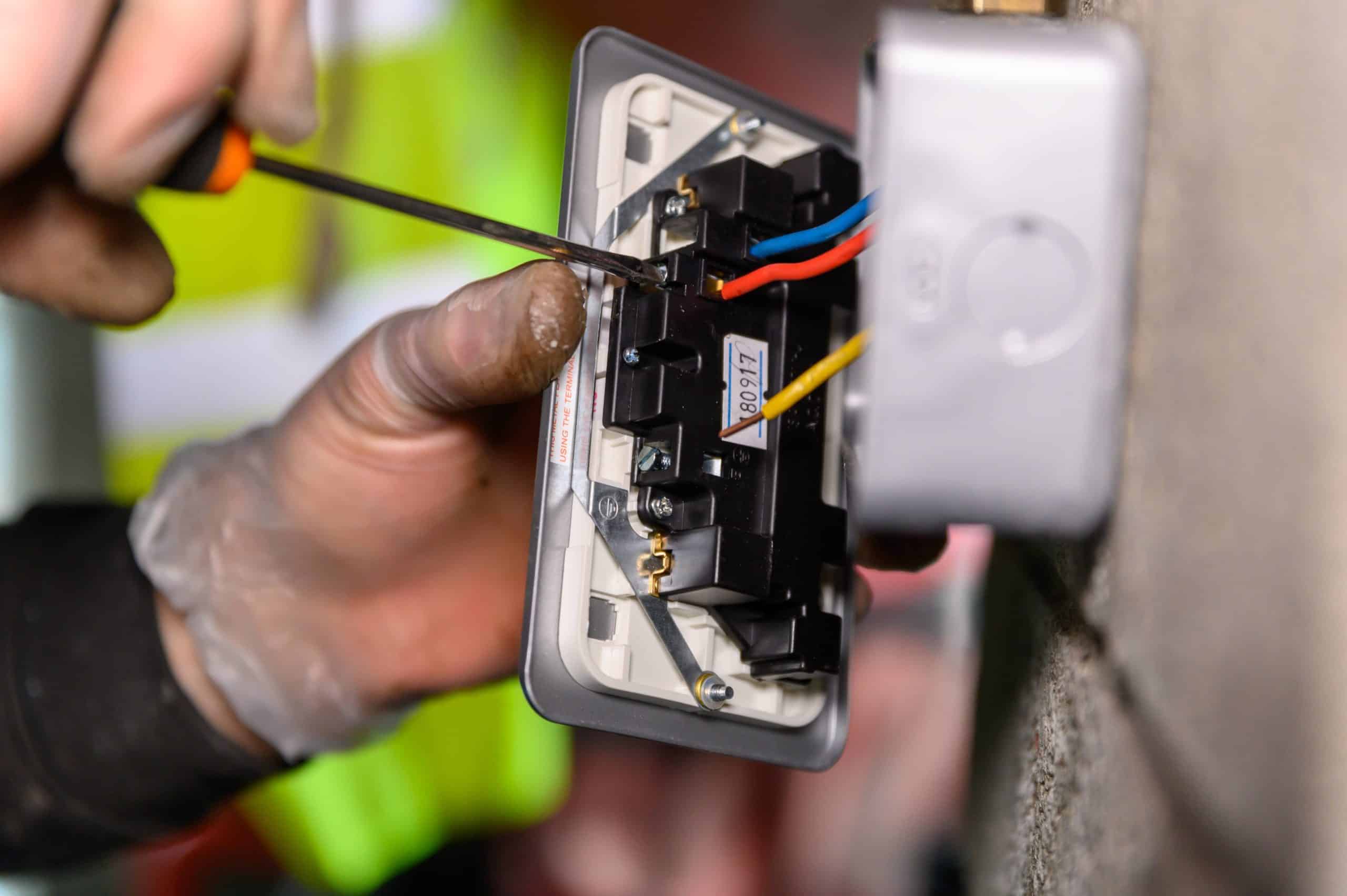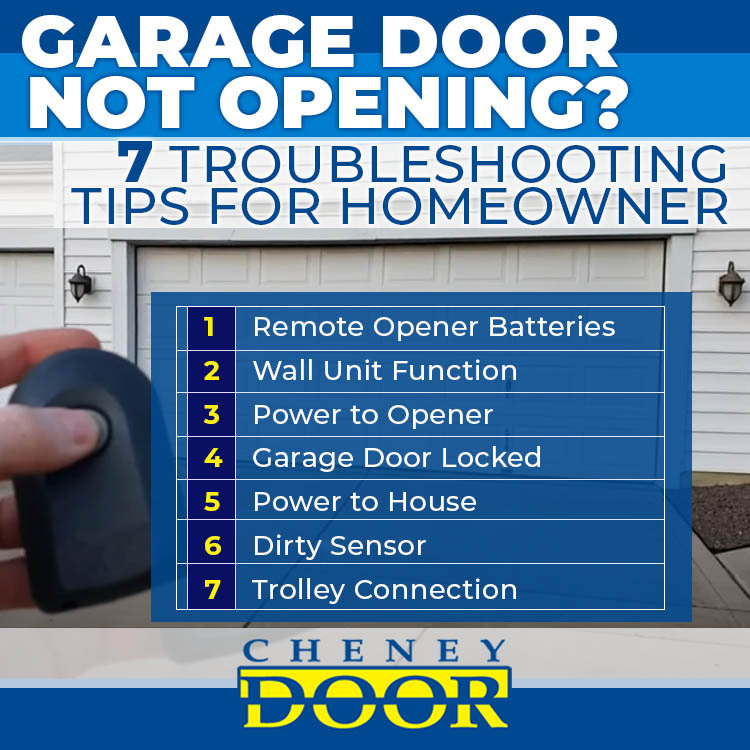Most garage door button failures stem from a handful of common issues. During my years working with home automation systems, I've noticed that power-related problems are often the primary culprit. A tripped circuit breaker or faulty GFCI outlet can render your garage door opener completely unresponsive. In one memorable case, a client spent hours troubleshooting their opener only to discover that a GFCI outlet in their bathroom had tripped, affecting the garage circuit.

The wall button itself can malfunction due to wear and tear, physical damage, or debris accumulation. I've seen countless cases where something as simple as dust buildup prevented proper contact in the button mechanism. Low voltage wire issues, including damaged or loose connections, are another frequent source of problems. The opener's logic board, which controls all functions, can also fail due to power surges or age-related wear.
Understanding the Root Causes
When facing an unresponsive garage door button, start with the basics. First, verify the power supply by checking the circuit breaker and testing the outlet with another device. I remember one winter morning when a neighbor called about their garage door issues – the solution was as simple as resetting a tripped GFCI outlet in their garage.

Next, inspect the wall button itself. Remove the cover carefully and look for visible damage or debris. If you're comfortable with basic electrical work, test the wires by carefully touching them together (with power disconnected). If the door operates when the wires make contact, you've identified a faulty button that needs replacement.

Systematic Troubleshooting Approach
Through my experience in the Midwest, I've observed how weather significantly affects garage door systems. During harsh winters, cold temperatures can slow down response times and thicken lubricants, while moisture from rain or snow can lead to electrical shorts and component corrosion. Heat isn't any kinder – it can cause material expansion and misalignment, particularly in wooden doors.
Weather's Impact on Performance
Regular maintenance prevents many common issues. Create a monthly checklist that includes inspecting electrical components, cleaning sensors, and verifying safety features. Use silicone-based lubricants on moving parts and keep tracks clean. During one routine maintenance check, I discovered that simply cleaning the photo eye sensors resolved a client's persistent closing issues.
Preventive Maintenance: The Key to Reliability
While many garage door button issues can be resolved through DIY methods, some situations require professional expertise. Complex electrical issues, safety concerns, or major repairs like logic board replacement should be handled by qualified technicians. I learned this lesson early in my career when a seemingly simple repair revealed a more serious underlying issue with the door's balance system.
Professional Intervention
Always prioritize safety when troubleshooting garage door issues. Disconnect power before attempting repairs, keep hands away from moving parts, and ensure proper lighting and ventilation in your work area. Test safety features regularly, including the auto-reverse mechanism and photo eye sensors.
Safety First
Keep a basic toolkit ready for garage door maintenance, including socket wrenches, pliers, screwdrivers, and wire strippers. Having these tools on hand has saved me countless trips to the hardware store during urgent repairs.
Essential Tools for Basic Repairs
Through proper maintenance and prompt attention to issues, you can prevent many common garage door button problems and ensure reliable operation throughout the year. Remember, when in doubt about any repair, it's always better to consult a professional than risk compromising your safety or causing further damage to your garage door system.

